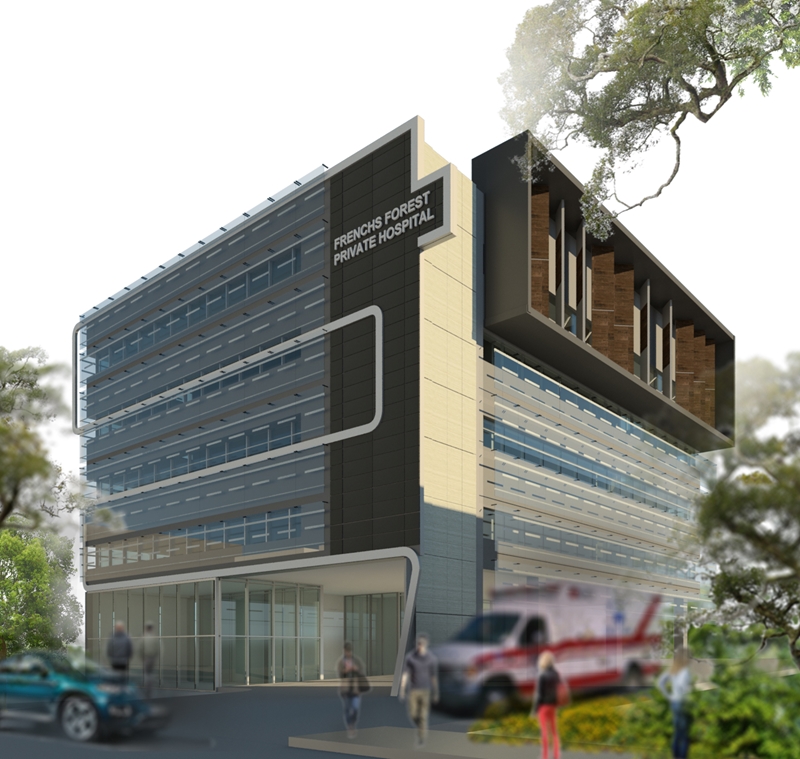The facade of a building is often considered one of most important aspects of design. To the public who will be using the space, it comes to represent not just the building itself, but also the company, their brand, and how they operate. When it comes to healthcare, there are a lot of things to think about. It needs to be inviting and comforting, but also clean and professional.
First impressions count
A building’s facade is the first impression we get of the company housed within. In this sense, a facade that conveys both the aesthetic qualities of the overall design as well as the utility of the place is crucial. A striking facade leaves more than a good first impression – it can often leave a long lasting impression, too, and in a landscape overcrowded with branding, this is priceless.
Building positive associations
A building that’s pleasant to look at is most certainly a good way to start. You’re creating an association between the pleasing aesthetic and your own healthcare practice, subtly establishing brand value before the client has even entered the site.
 The face of your building can establish value to your clients before they even enter the premises.
The face of your building can establish value to your clients before they even enter the premises.Design elements that work
There are a number of critical purposes that need to be considered when designing a facade for a healthcare centre. First on this list should be patient comfort. Your building needs to be tailored to this purpose, as healing and wellness are paramount. Natural light and low noise play a significant role in the recovery process. This means you might need to consider how much light can get in, or how you can reduce noise from the outside.
Aesthetics are also important. Whether you operate a day hospital or a private surgery, your patients will be hoping to spend time in an agreeable environment during their visit. The same goes for staff and visitors – medical facilities are too often undesirable locations for their sterile look. This doesn’t have to be the case. Small changes in textures and colours can go a long way towards creating a more uplifting appearance, and by extension, experience.
A healing environment
A facade is no simple design feature, it plays a significant role in the building. It requires meeting a number of stakeholder needs; these include what we’ve talked about here, as well as the roles of designer, engineer, builders, and regulatory measures for building codes and health authorities.
Space For Health is dedicated to bringing you design solutions that incorporate the highest standards of architecture with a forward-thinking approach towards creating and maintaining a healing environment. For more information about your next project, get in touch with Space For Health today.



